When the crypto world buzzed about a Battle Hero II airdrop back in early 2022, gamers and token hunters alike wondered whether the promise of free NFT chests was legit or just another bait‑and‑switch. This article pulls together everything publicly known about the Battle Hero II Chest NFTs Airdrop, breaks down how it worked, points out the red flags that researchers flagged, and gives you a clear checklist for evaluating similar drops today.
What the Battle Hero II Chest NFTs Airdrop Actually Was
Battle Hero II Chest NFTs Airdrop was promoted as a token‑distribution event tied to the Battle Hero II play‑to‑earn game. The airdrop promised a total prize pool of over $50,000, handed out in the form of NFT "chests" that could later be opened for in‑game items or sellable tokens.
The event was listed on CoinMarketCap’s airdrop portal, meaning participants had to complete a set of tasks - typically following social media accounts, joining Discord, and submitting a wallet address - before the distribution date.
Key Players and Concepts Behind the Drop
Battle Hero II is a blockchain‑based action RPG that markets itself as a play‑to‑earn title. In the game, players collect NFT chests - digital loot boxes that hold random weapons, skins, or tokens.
The “chest” NFTs function similarly to traditional loot boxes but are minted on a public blockchain, giving owners provable scarcity and the ability to trade them on secondary markets.
The airdrop’s promotional material repeatedly referenced tokenomics - the economic model that determines how tokens flow between players, developers, and the market. In theory, distributing free chests was a way to seed the game’s economy, spark early adoption, and drive secondary‑market activity.
How Participants Were Supposed to Qualify
While the official rulebook never went public, the community pieced together the most common requirements based on screenshots shared on Discord and Reddit:
- Follow Battle Hero’s official Twitter and Telegram channels.
- Join the Battle Hero II Discord server and verify your account.
- Submit a compatible cryptocurrency wallet address (usually MetaMask on Ethereum or Binance Smart Chain).
- Complete a short KYC form - though many users reported this step being optional or skipped entirely.
- Optionally, share a referral link to earn extra chances.
After the deadline (mid‑March 2022), the organizers claimed they would randomly select eligible wallets and transfer the NFT chests directly to the users’ wallets.
Prize Pool, Distribution Mechanics, and What Recipients Got
The advertised prize pool of $50,000 was broken down into roughly 1,000 NFT chests, each valued at $50 on average. The value was derived from the in‑game utility of the items inside and the potential resale price on NFT marketplaces.
Recipients typically received a token URI pointing to a JSON metadata file that described the chest’s rarity tier (common, rare, epic, legendary). Opening a chest in the game would either mint a new in‑game asset or grant a fungible token that could be swapped for other cryptocurrencies.
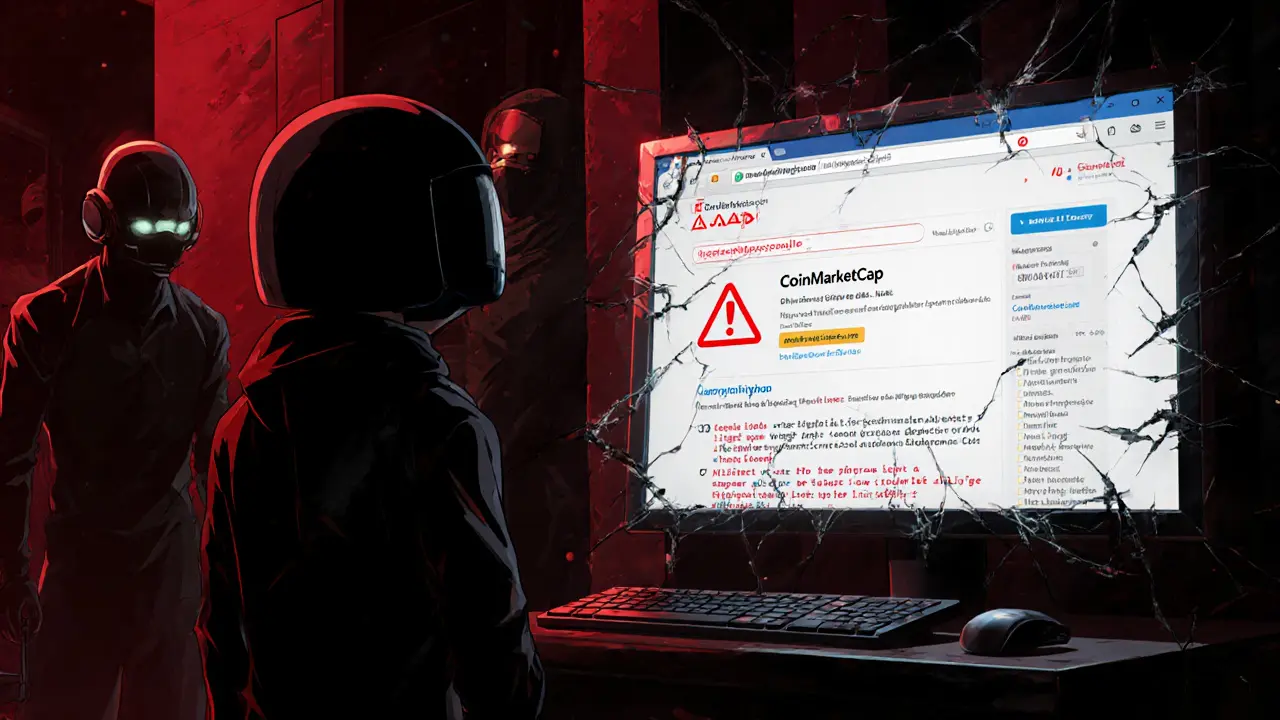
Risks, Warnings, and Why Researchers Said “Extreme Caution”
Even as the airdrop launched, crypto security analysts issued strong warnings. The main concerns were:
- Phishing & fake claim sites: Multiple copycat pages mimicking the official CoinMarketCap listing collected wallet addresses and private keys.
- Unclear tokenomics: The game’s long‑term economic model was never fully disclosed, leaving participants unsure whether the chests would retain value.
- Team anonymity: No verifiable team members or development roadmap were publicly available, a red flag for many investors.
- Potential rug‑pull: If the developers decided to abandon the project after the airdrop, the NFTs could become worthless.
These points line up with the broader 2022 trend where dozens of gaming airdrops failed to deliver lasting value, leaving early participants with empty wallets.
Current Status of Battle Hero II and Its Airdrop
As of October 2025, public data on Battle Hero II is sparse. The project’s website is intermittently reachable, and blockchain explorers show no recent activity for the claimed NFT chest contracts. Community channels (Discord, Telegram) have low member counts and few recent posts.
In short, there is no solid evidence that the airdrop ever completed, nor that the NFT chests retain any market value. For anyone still holding a purported chest, the safest move is to verify the token’s contract address on a reputable block explorer and compare it against the official metadata (if still hosted).
How to Evaluate Any Future Gaming Airdrop
Even if the Battle Hero II case feels dated, the lessons stay relevant. Use this quick checklist before you invest time or personal data into any upcoming airdrop:
| Aspect | Typical Legitimate Airdrop | Battle Hero II Case |
|---|---|---|
| Official Platform Listing | Listed on reputable sites (CoinMarketCap, AirdropAlert) with clear links | Listed on CoinMarketCap but with vague documentation |
| Team Transparency | Public team profiles, LinkedIn, GitHub activity | Anonymous developers, no roadmap |
| Smart Contract Verification | Verified contract code, open‑source, audit report | Unverified contract, no audit |
| KYC & Data Collection | Minimal data, no private key requests | Optional KYC, some users reported phishing attempts |
| Post‑Airdrop Utility | Tokens usable in platform, listed on exchanges | Chest NFTs never confirmed on market |
If any row leans heavily toward the "Battle Hero II" side, treat the opportunity with extra caution.
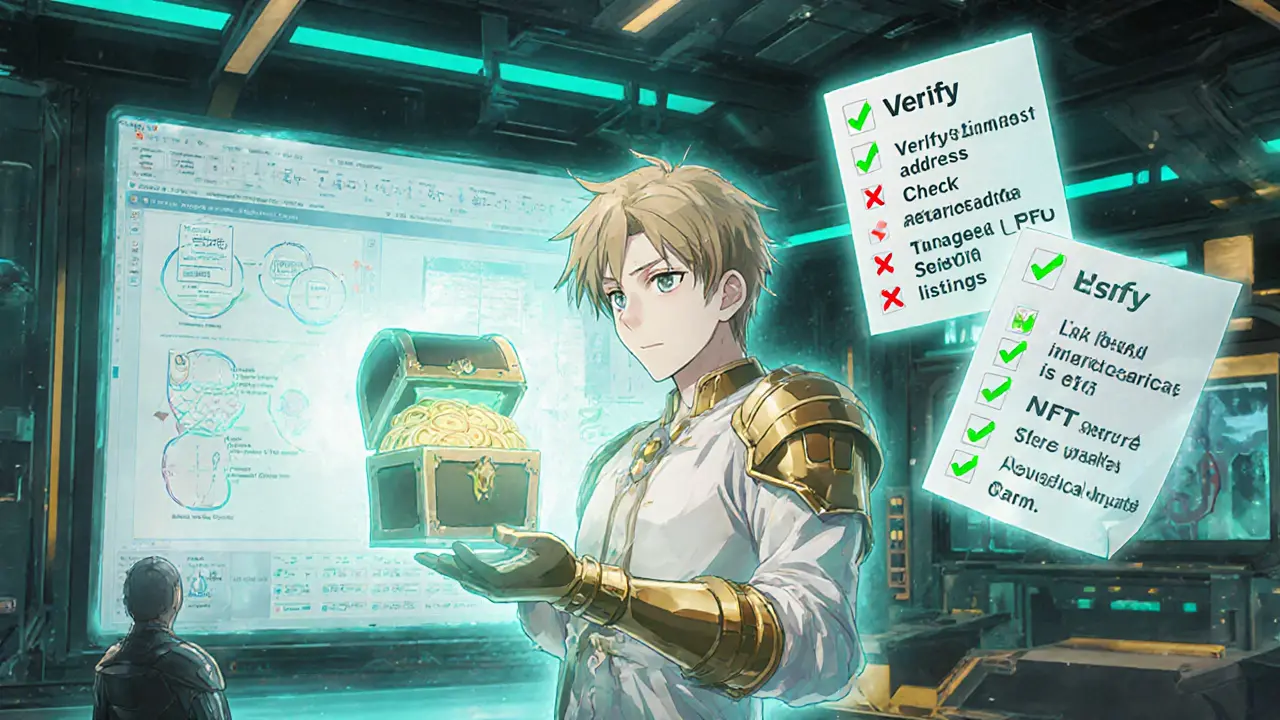
Step‑by‑Step Guide to Safely Participate in a New NFT Gaming Airdrop
- Research the project’s official website and verify the domain matches the one listed on known airdrop aggregators.
- Check the development team’s LinkedIn or GitHub. Look for prior blockchain or gaming projects.
- Locate the smart contract address. Use Etherscan or BscScan to see if the contract is verified and has activity.
- Read community feedback on Reddit, Discord, or Trustpilot. Spot patterns of scams (e.g., multiple users reporting lost funds).
- Only share a wallet address; never provide private keys, seed phrases, or upload screenshots of your wallet.
- If KYC is required, ensure the platform uses a reputable identity‑verification service (e.g., Jumio, Onfido) and that the data is stored securely.
- After the airdrop, monitor the token’s price on CoinGecko or CoinMarketCap. If it never appears, proceed with caution.
Following these steps will reduce the odds of falling for a phishing or rug‑pull scheme.
What the Battle Hero II Airdrop Tells Us About the Future of NFT Gaming
The 2022 NFT gaming boom was a wild ride. Projects rushed to launch airdrops as a quick way to bootstrap user bases. While the hype faded, a few survivors learned to build sustainable economies by tying token value to genuine gameplay and real‑world utility.
Future airdrops will likely focus on:
- Clear, open‑source tokenomics that explain how in‑game actions generate value.
- Strong community governance - token holders voting on game updates.
- Cross‑game interoperability, so an NFT earned in one title can be used elsewhere.
- Regulatory compliance, especially around KYC and anti‑money‑laundering measures.
In short, the era of “free NFTs for anyone who signs up” is evolving into “reward‑based drops for genuine contributors.” Keep an eye on projects that demonstrate real gameplay, transparent development, and active ecosystems.
Quick Checklist for Anyone Still Holding a Battle Hero II Chest NFT
- Identify the contract address from the airdrop announcement.
- Visit a block explorer (Etherscan/BscScan) and confirm the contract is verified.
- Check if the NFT metadata URL is still live. If it returns 404, the asset is likely dead.
- Search recent market listings - if no exchange or marketplace shows the token, consider it valueless.
- Secure your wallet - do not share private keys even if someone claims to “unlock” the chest for you.
If the above steps reveal no activity, it’s probably safest to treat the NFT as a collector’s item or discard it.
Frequently Asked Questions
What was the total value of the Battle Hero II Chest NFTs Airdrop?
The airdrop advertised a prize pool worth over $50,000, distributed across roughly 1,000 NFT chests each valued at about $50.
How could I verify if I actually received a chest?
Locate the contract address from the original announcement, open it on Etherscan (or BscScan), and look for your wallet address in the token transfer history. If the contract is unverified or the token ID is missing, the chest likely never existed.
Is Battle Hero II still an active game?
Public information as of late 2025 shows very limited activity. The official website is intermittently reachable, and community channels have low engagement, suggesting the project may be dormant.
Can I still trade the Battle Hero II chest NFTs?
No major NFT marketplace lists these chests. Without a verified contract and active market, there’s no practical way to trade them.
What are the biggest red flags to watch for in any NFT airdrop?
Red flags include anonymous teams, unverifiable smart contracts, demands for private keys, unrealistic prize pools, and lack of a clear use‑case for the token within a real product.
How does a play‑to‑earn model differ from traditional gaming?
In play‑to‑earn, players can earn blockchain‑based assets (tokens, NFTs) that hold real‑world value, whereas traditional games reward only in‑game points that can’t be exchanged for fiat.
Should I complete KYC for an airdrop?
Only if the platform uses a reputable verification service and clearly states why it needs the data. Never share passport scans on untrusted sites.

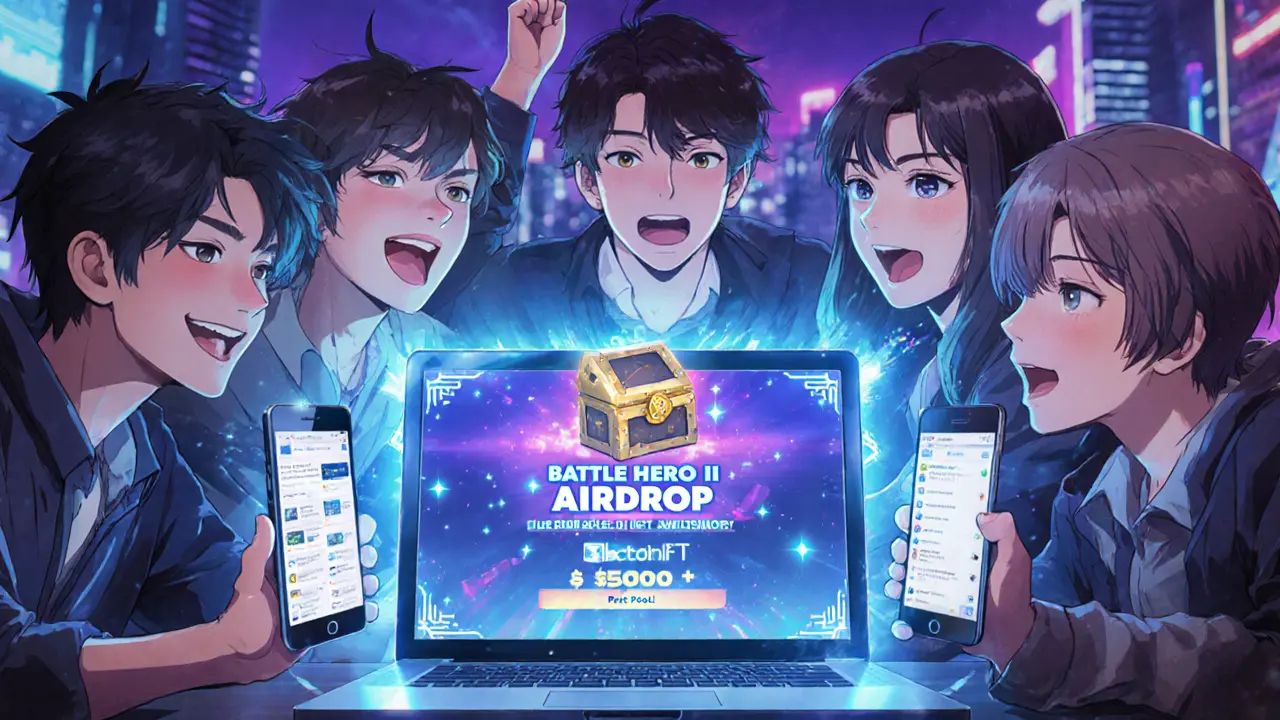
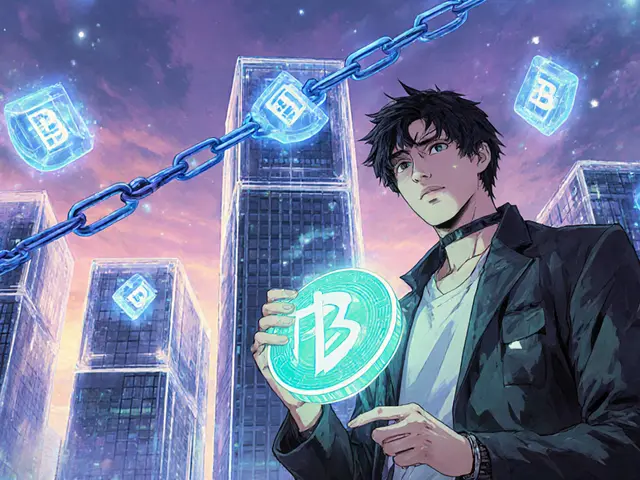
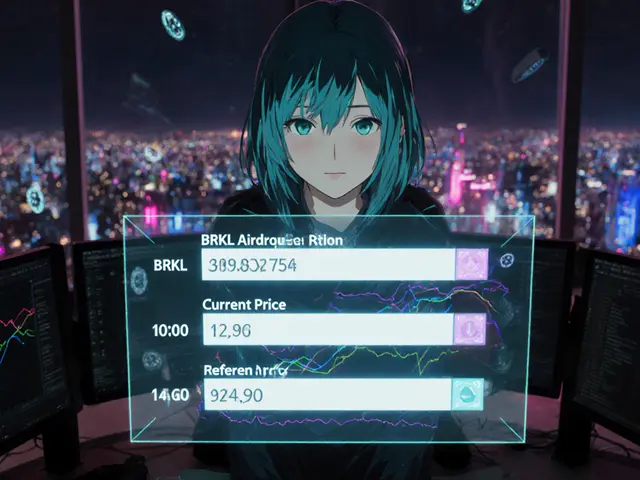
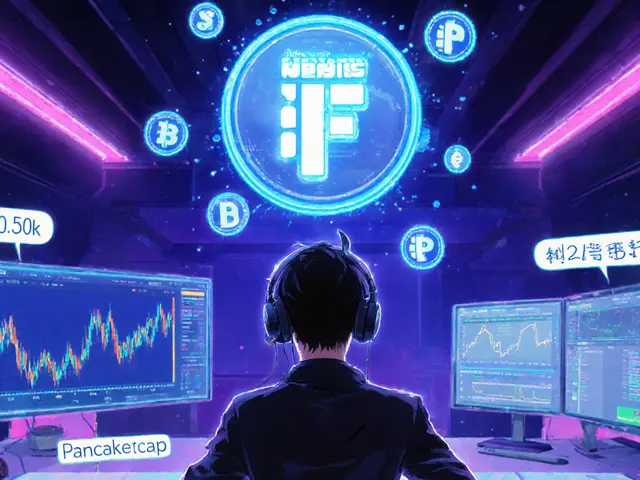
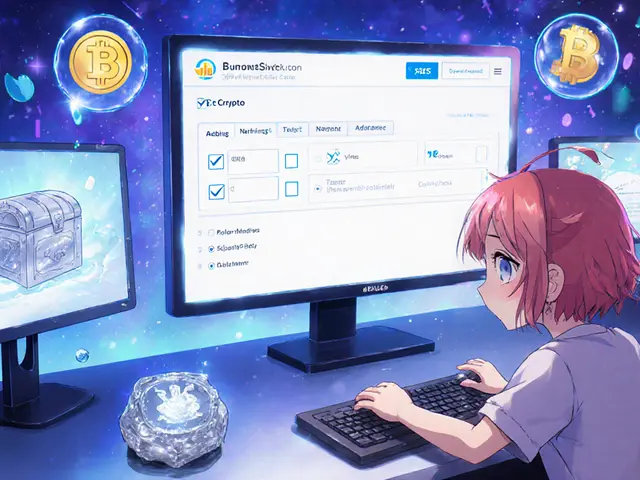

Comments
Paul Barnes
October 19, 2025 AT 21:53 PMThe whole thing smells like a staged PR stunt to pump up a dead token.
Jireh Edemeka
November 1, 2025 AT 15:26 PMWow, another glossy flyer promising free loot-because that's never a red flag in disguise.
Ty Hoffer Houston
November 14, 2025 AT 09:00 AMI remember the buzz back then; many newbies jumped in hoping for quick gains, only to watch the value evaporate.
mike ballard
November 27, 2025 AT 02:33 AMFrom a dev standpoint, the airdrop used a standard ERC‑721 contract, but the token URI was never verified-essentially a black‑box metadata dump. The gas cost to claim was minimal, yet the post‑airdrop liquidity was non‑existent. In short, the on‑chain signals were all over the place. 🤖